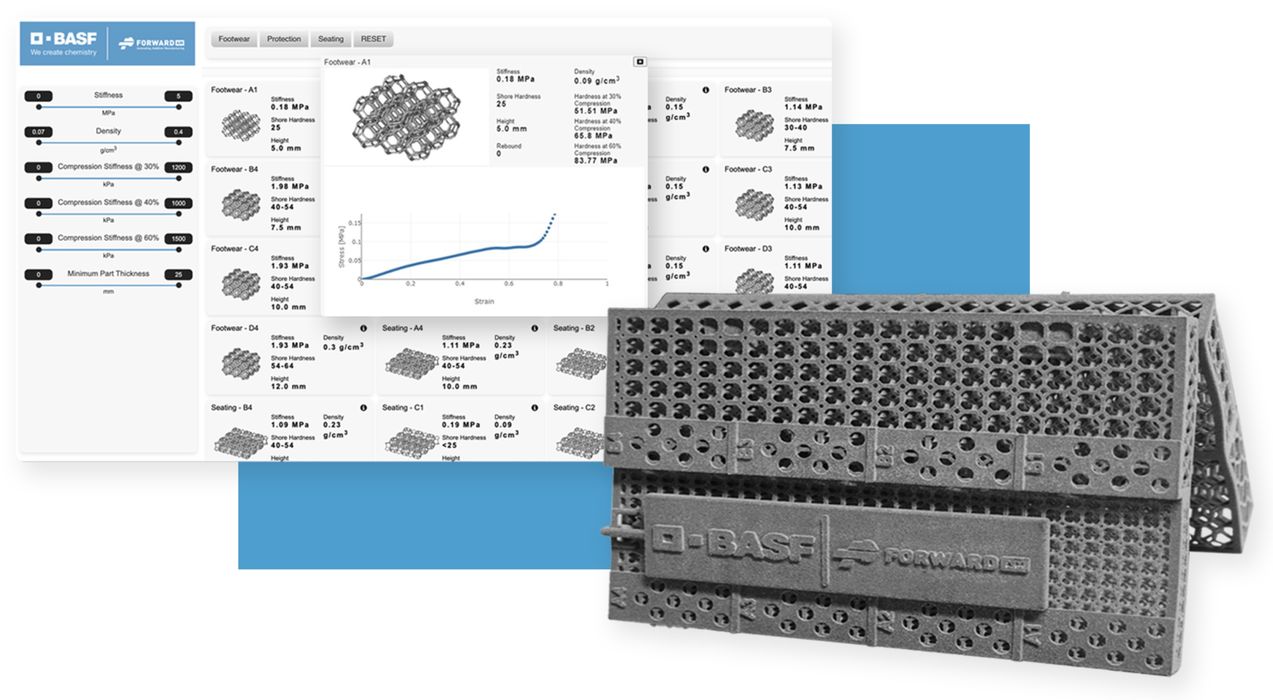
Hyperganic announced today a new tool, HyDesign for lattice generation.
Lattices are becoming increasingly important for 3D prints for a number of reasons. They can transform a part from heavy to lightweight, critical for aerospace applications. They can introduce complex shock absorbing features ideal for shoes. They can provide valuable ventilation through parts that otherwise might be solid. Finally, lattices can just look very cool.
But there’s a problem: lattices are incredibly complex. Making them “by hand” with a CAD tool is basically impossible, so different approaches are required.
Initial attempts at lattice generation simply created a uniform lattice as a kind of “infill” for parts. That worked, but wasn’t particularly functional. You really need some control over the generation of the lattice as its properties may vary over different regions of a 3D model.
The crucial need for complex lattice generation has driven the creation of several advanced software tools to do so. Hyperganic’s new tool, HyDesign, provides a powerful method of generating very complex lattice structures.
Hyperganic’s strategy here is to simplify the process of lattice generation, which in many software tools has been quite challenging. As you might imagine, there are many knobs to turn in order to drive the generation of a lattice.

HyDesign works in a far simpler manner. Here’s one of their workflows to generate a lattice-flavored midsole, as an example:
- Import the base geometry of the part. This would be a “solid” 3D model of the structure
- Import a pressure map showing the regions experiencing more or less pressure on the top of the 3D model
- Tweak the settings from a simplified interface and select options from Forward AM’s Ultrasim 3D Lattice Library
- Generate the final lattice for the 3D model
That’s quite straightforward. The pressure map is used to drive a simulation that determines the nature of the lattice required at each region.

Hyperganic CTO Michael Robinson explains:
“Developing products for 3D printing has traditionally been costly trial-and-error. HyDesign changes this by accelerating the design process with design flexibility, validated materials, and simulation, all in an app that takes minutes to learn.”
Even better, the generation process happens in only a few minutes. HyDesign leverages cloud tech to perform the bulk of the processing, so it can be used on your normal web browser.
Hyperganic offers access to HyDesign for a subscription fee of €50 (US$54) per month, but there is a 14 day free trial available.
If you’re seeking a way to rapidly create lattice-enabled designs for 3D printing, HyDesign could be a good option.
Via HyDesign
